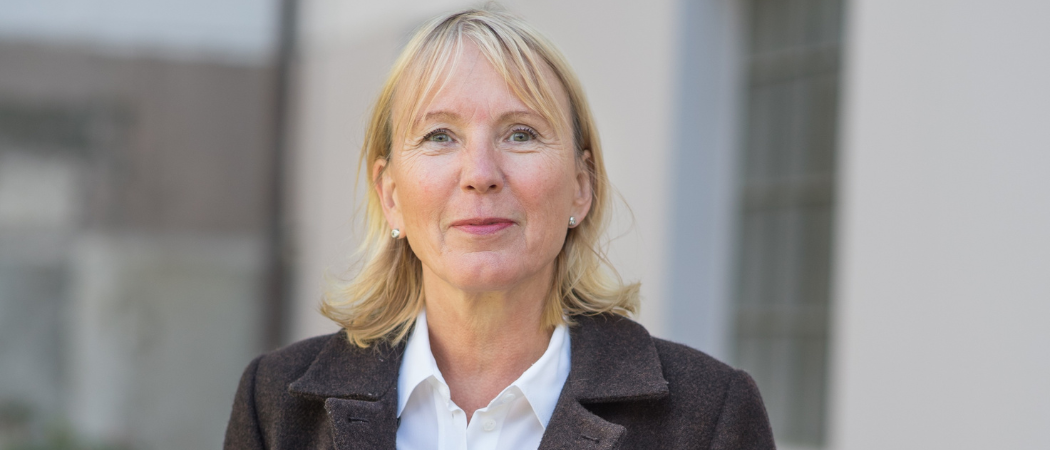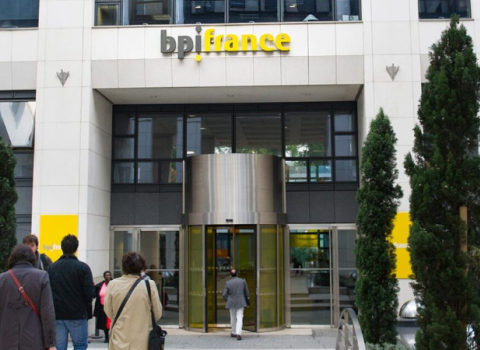The European Commission is seeking comment on the idea of including dual-use, defence-related technologies in the next Framework Programme. The University of Bergen rector sees this as problematic

Margareth Hagen is rector of the University of Bergen, Norway.
If Europe is to be a global powerhouse in research and innovation, it must continue cooperating internationally – as broadly as possible, and as securely as necessary. That means that, even as geopolitical tensions rise, strengthening defence-related R&D should not come at the expense of solid and predictable funding for basic research across all disciplines. Let me explain why.
Basic research provides a common knowledge base, which prepares our societies for future challenges. We do not know what knowledge we will need, or in what field the next disruptive innovation will come. Also, basic research supports the values of critical debate, academic freedom, institutional autonomy, and research-based education – values that are part of the core of the European democratic, open-minded societies we wish to defend and keep secure.
After years during which the main policy in Europe has been “open to the world”, strategic autonomy, research security, and defence R&D are now high on the agenda. This shift is evident in the ongoing discussions about the EU’s next framework programme for research and innovation, FP10. In the past weeks this discussion has been informed by the recently published Commission proposal for a Council recommendation on enhancing research security, and a white paper on support of R&D involving technologies with dual-use potential.
There is no doubt that the global situation is changing, and with it the rules of play in many sectors. We need to adjust, also in the world of education, research, and innovation. The question remains how this is to be done most effectively and most wisely.
‘As open as possible’
Numerous stakeholders are now asking what the role of international cooperation will be within FP10. Specifically, there is a need to clarify to what extent the oft-repeated Commission principle for research “as open as possible” will be applied, as well as what limitations will be defined by its companion principle, “as closed as necessary”. This question leads us to the European Commission's white paper on research and development with dual-use potential.
We are facing a dilemma. On the one side international science cooperation is critical for addressing global challenges such as climate change, health threats, and technological developments. On the other, risks of scientific espionage and undesirable knowledge transfer have increased. Europe’s openness to international cooperation makes us attractive partners for earnest collaboration as well as targets for malign activities. Both universities and other research-performing institutions face challenges when navigating this increasingly complex landscape.
At the University of Bergen, we welcome the Commission’s recognition that the research and innovation sector needs a tailor-made approach to security in international cooperation, rooted in academic freedom and institutional autonomy. International cooperation is central to scientific progress and choosing collaboration partners freely is a cornerstone of academic freedom. It is also worth emphasising that international research cooperation builds trust - if not always between governments, then between scientific communities.
Further, it is good that the Commission emphasises that security measures should be proportionate to risks; and I have noted that discipline-specific approaches have been suggested. In cases where cooperation within certain disciplines poses an unacceptable risk, it may still be unproblematic – and perhaps beneficial - to continue cooperation within other fields, such as law, social sciences, and humanities.
The dual-use option
The primary goal addressed by the white paper is “to facilitate cross-fertilization between civil and defence R&D activities”. However, the options for new ways of funding dual-use R&D presented in the white paper raise concerns.
One of its proposed options suggests opening FP10 to R&D that involves technologies with dual-use potential – and that raises critical questions on the consequences for international cooperation. It is suggested that with this option only certain parts of FP10 would include dual-use activities, and consequently have restrictions on third countries’ participation. But how large a part of the programme would this turn out to be? The problem of deciding which projects can have dual-use potential – not trivial, as many projects are initially what is termed “application agnostic” – is touched upon only quite briefly in the paper. If one opts for a “better safe than sorry” approach, a large number of projects may get restrictions.
And who will be responsible for the classification? Research institutions already grapple with new regulations on export control; these may have unintended effects, such as causing researchers to avoid including partners from certain countries to avoid lengthy approval procedures. Such issues will probably become even more complex if dual-use R&D is included in FP10.
That dual-use option also raises a basic worry: if more activities are to be included in the programme, will there be sufficient funding? The evaluation of Horizon 2020 showed that a much higher budget would have been needed to fund all high-quality proposals, and the success rate in Horizon Europe cannot be characterised as high. Including new activities in FP10 does not seem viable without a considerably larger budget. Whether this will be the case remains to be seen.
A further worry is whether opening FP10, even just parts of it, for defence-related research will result in a shift of focus, so that research and innovation for other purposes, and especially basic research, will lose out in budget discussions. Research is one of Europe’s clear strengths, and it should remain so.
The Commission’s call for an open debate on funding of dual-use research is welcome. However, including dual-use R&D in FP10 does not seem to be the best option. Whatever solution is chosen, it is vital to keep open possibilities of international cooperation with partners all over the world and to secure sufficient funding to civil-use research, both basic and applied.
Margareth Hagen is rector of the University of Bergen, Norway.





 A unique international forum for public research organisations and companies to connect their external engagement with strategic interests around their R&D system.
A unique international forum for public research organisations and companies to connect their external engagement with strategic interests around their R&D system.